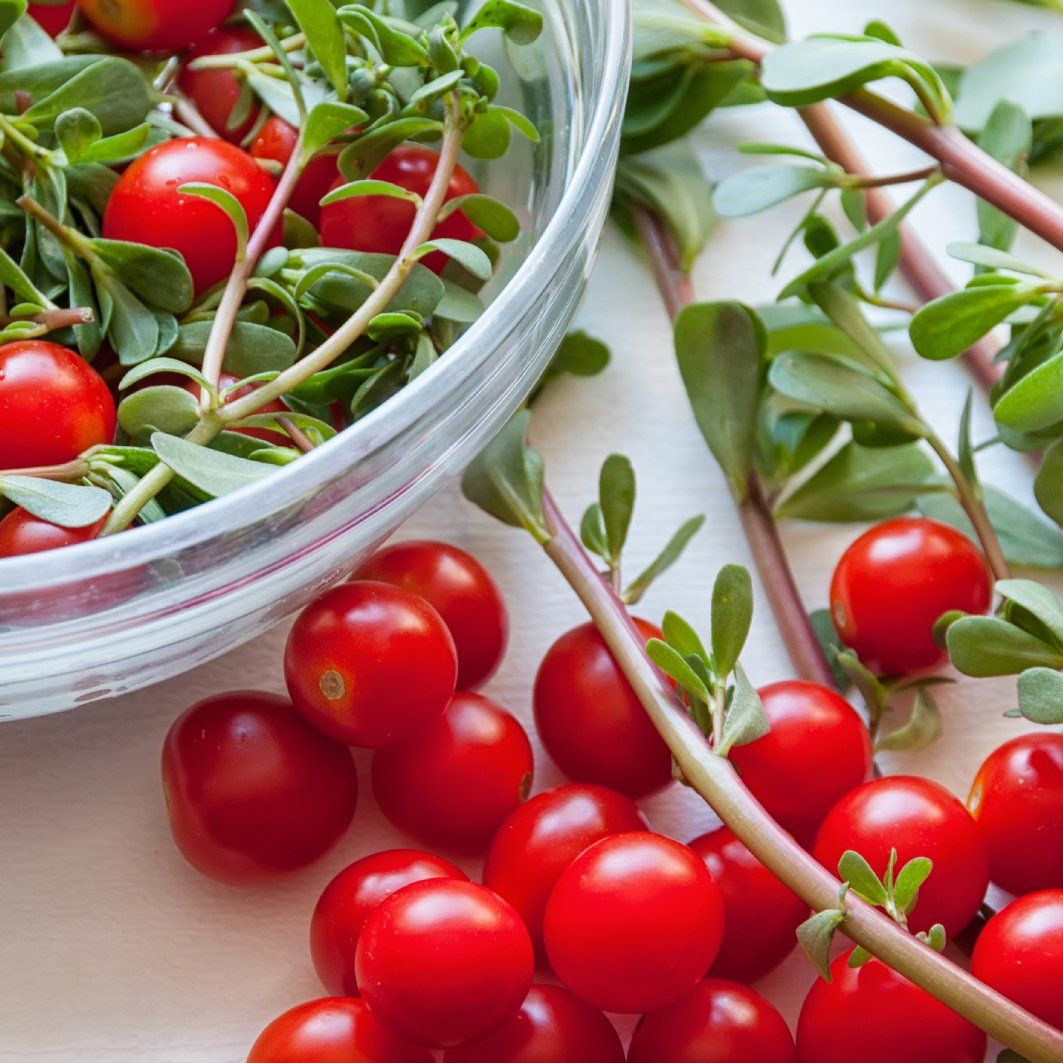The rebel within might like the idea that to eat invasive food is to clean up the environment. Such a daring move can remove unwanted plants that displace our native flora. Eating invasive species is an act of natural protection that will fill your belly and provide a diverse amount of nutrition. Before you try to eat invasive species, be sure you know how to identify them and can accurately rule out any dangerous plants.
Can You Eat Invasive Plants? A fairly new and yet brilliant concept, eat-invasive refers to foraging and dining on plants that don’t belong in a certain site.
There are many plants introduced into areas where they have become invasive. Some of these are severe nuisances, crowding out the wild plants needed to complete the ecosystem. Some plants are considered invasive even though they are native to a region. These types of plants proliferate to an extreme level, damaging biodiversity, clogging waterways, and creating an eyesore.
One way to manage these plants is to eat more invasive species. Some of these plants were once desirable additions to the dinner table but have fallen out of fashion. Take the humble dandelion. It was once part of salads and stews and was made into wine and tea. Its presence in our manicured yards is a nuisance as is its ability to spread far and wide with the light, umbrella-spoke seeds.
Benefits of Eating Invasive Plants When you eat an invasive plant you make more room for the native and wanted plants. Eating invasive plants is a better, more natural way of control than chemicals. Many of these foods have vast health benefits, loaded with vitamins, fiber, protein, and other elements our bodies need. By harvesting and eating plants that don’t belong in your region, you are essentially helping nature set itself back into order.
The introduced species were often brought to an area to solve a problem as with kudzu, while others were thought to be desirable food sources as with garlic mustard. When we eat these plants we can help restore balance to a native region. Foraging fproductor invasive plants can provide you with unique, as yet untasted, but delicious new food options.
Tasty Invasive Plants to Try Remember to do your research before foraging plants. There are many look-alike plants that may be toxic, but there are also many that are delicious and safe to eat. Here are some safe and wonderful plants that will help you eat more invasive species and help our environment.
Garlic mustard: This herbaceous invasive biennial starts its first year in a rosette form and matures to 3 feet (0.9 m) in height. It has small white flowers and leaves that are heart-shaped but delicately notched. Garlic mustard is found in wet areas and deciduous forests. Harvest young leaves in early to mid-spring. They have a garlic and mustard punch.Dandelion: You can eat all parts of this common weed. The young leaves are best and even the flowers are edible. Dandelion roots can be roasted and eaten like a root vegetable. Try making a delicious dandelion tea or wine.Wood sorrel: This plant has leaves similar to clover although larger. It bears white, yellow, or occasionally violet 5-petaled flowers. Wood sorrel may be eaten cooked or raw and all parts of the plant are edible. It imparts a light citrus flavor to dishes.Sacred lotus: A native of Asia, this introduced species boasts beautiful pink flowers. Lotus roots are edible and cooked or raw in salads, soups, and stir frys.Japanese knotweed: These plants can achieve over 10 feet (3.5 m.) in height. They have grayish-green, oval leaves and red stems. The Japanese knotweed plant is often found in thickets where it has spread through rhizomes. It is often found in flooded and riparian areas. The taste is similar to rhubarb and may be used in the same way.Common purslane: One of my personal foes, purslane spreads out in mats. The tiny leaves on red stems are succulent and mucilaginous when eaten. It bears small yellow flowers in summer. It can be eaten raw or cooked. It is high in vitamins and adds a lemon-like flavor to recipes.Narrow-leaved cattail: A wetland plant, narrow-leaved cattail is supplanting the native cattail species. All parts of the plant are edible when young. Shoots and rhizomes are crunchy veggies, while the immature flowers can be roasted and eaten like corn. Even the pollen is harvested and added to baked goods.Wineberry: This is an aggressive spreading plant that forms thickets that crowd out natives. However, the beautiful wineberries are delicious. Harvest fruits in late June to early July, watching carefully for bears. Use the fruit in preserves and baking.Autumn olive: This plant is a tree or shrub and may grow to 20 feet ( 6.1 m.) tall. The leaves are alternate and oval with a sharp point. Near the end of summer harvest the round, juicy, red berries which are adorned with white speckles. The autumn olive pit is not easy to swallow, but the flesh and juice can be made into preserves.









 + Planting String of Watermelon Succulents
+ Planting String of Watermelon Succulents  with Garden Answer
with Garden Answer


